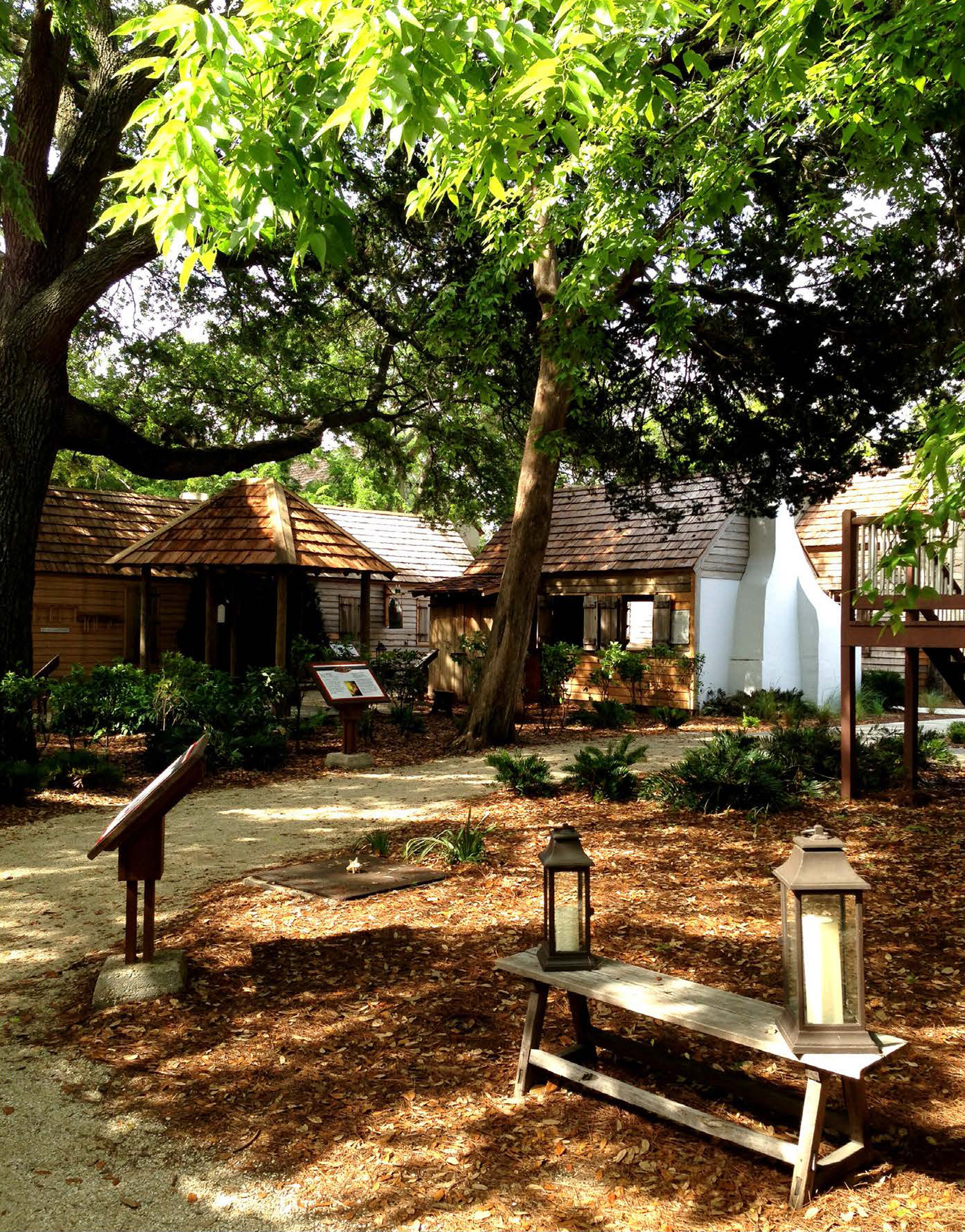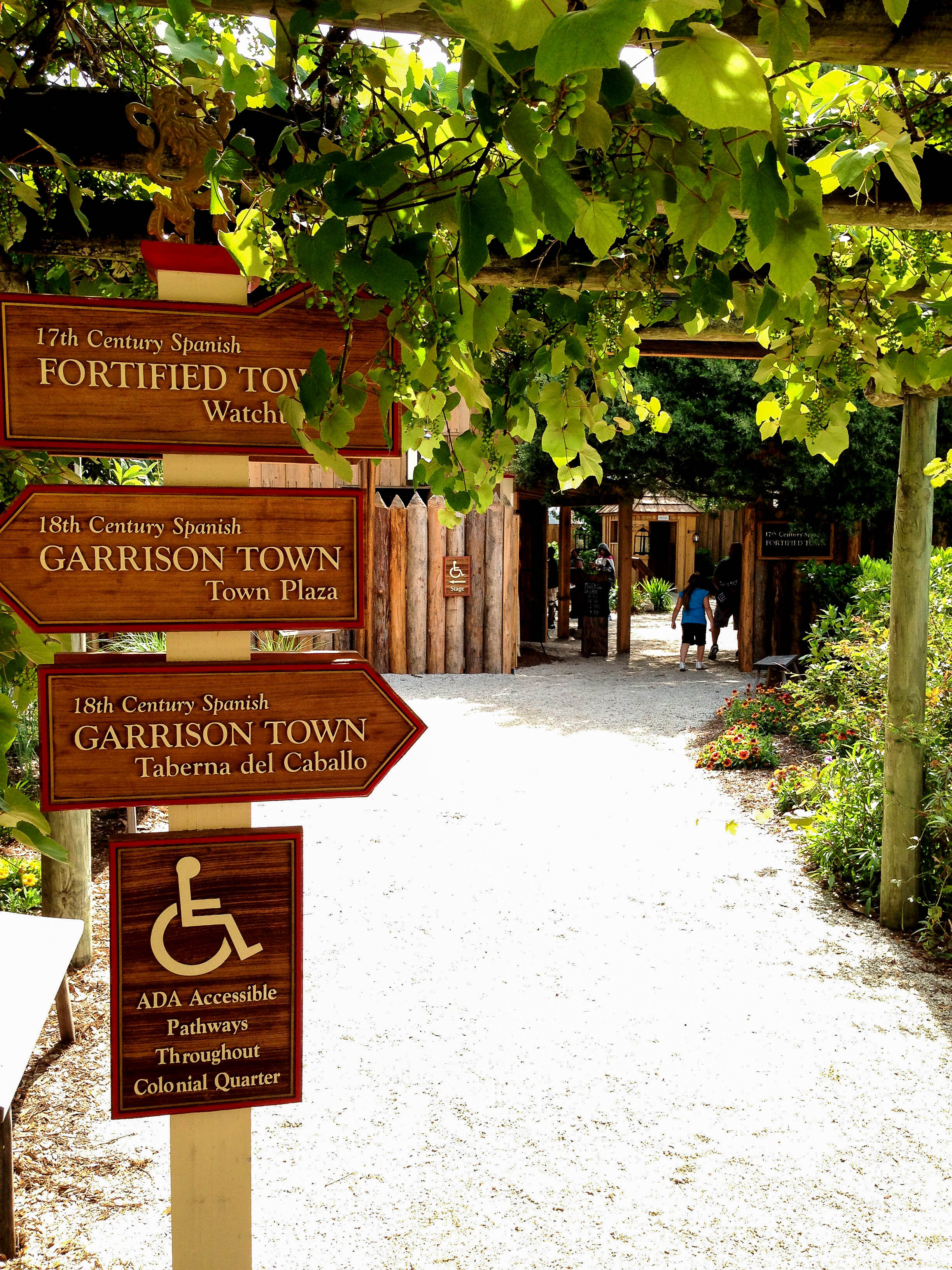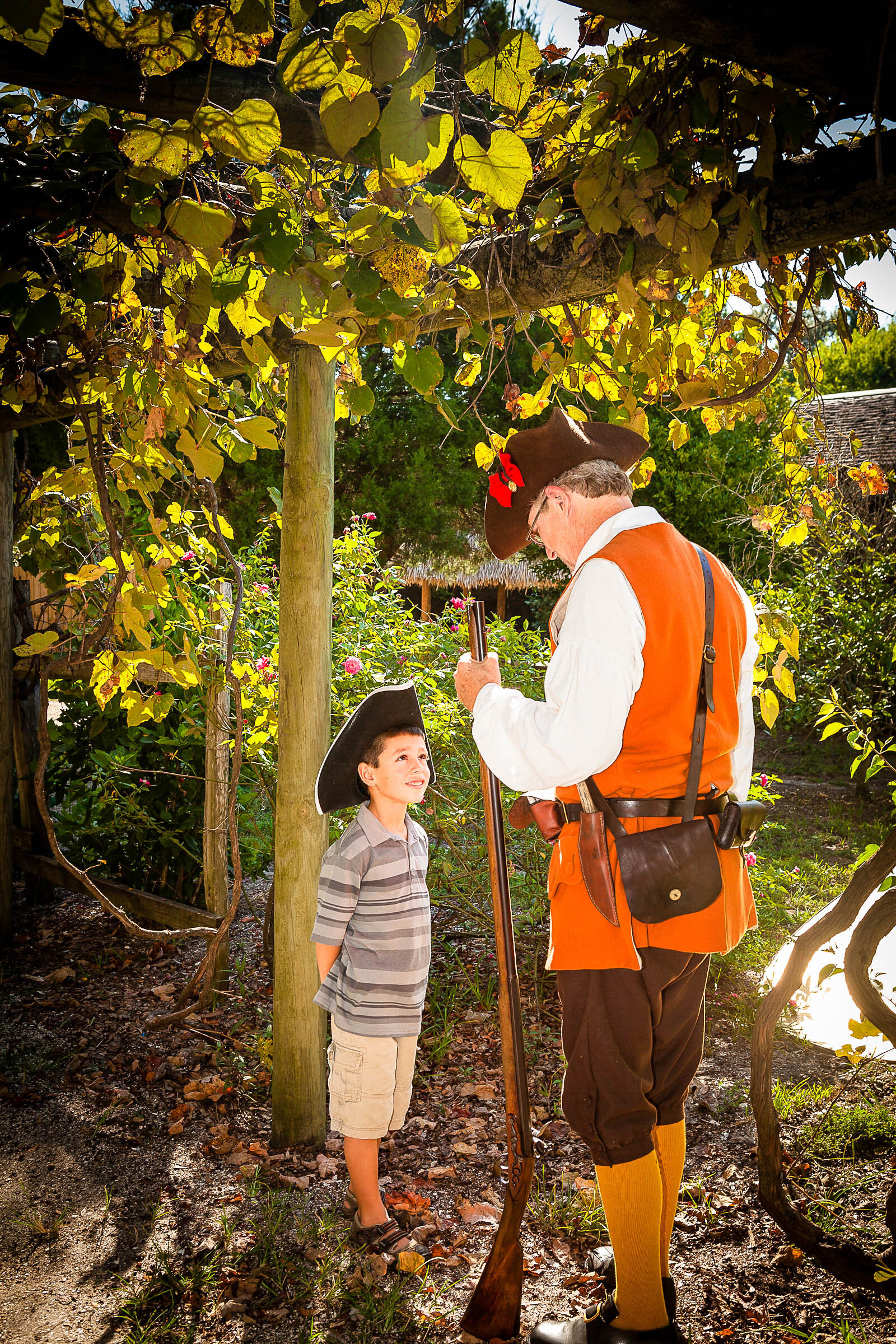Ethnobotany in Landscape Architecture, Part Three: Ethnobotany and Design
Ethnobotany can be used in two ways when designing a landscape. First and foremost, it can be used to create a public ethnobotanical garden. Jones and Hoversten (2004) have identified 5 attributes to creating a successful ethnobotanical garden. Arguably, these attributes could be, and sometimes already are, used in any city landscape with a few tweaks. The following outlines the use of successful ethnobotanical attributes in public spaces using Jones and Hoversten’s (2004) attributes.
address the reason & values of the ethnobotanical garden project
To create a successful ethnobotanical garden stick to a clear and defined mission statement by addressing the reason and values of the project. This must be hashed out with the client prior to design. Present the historic site inventory and analysis and an example of a clearly defined statement to the client as an example. In any cultural project, how will having a mission statement make this project better and create a deeper experience for the visitor? What does the client want the visitor to learn? What values are does the client want to project and how can this be done through historical plant material and usage? Explain how ethnobotanical information in the landscape can further this mission.
Once defined, adhere to this statement: “Use the resources on site while focusing on visitors. This is where the site inventory and analysis performed in the last article becomes important. Study what ethnobotanical opportunities and constraints are provided at the site. What plants can be used to convey an historic message and where? Perhaps the historic species are attractive perennials that are easily blended into a public landscape.”
“Use the resources on site while focusing on visitors...Study what ethnobotanical opportunities and constraints are provided at the site. What plants can be used to convey an historic message and where? Perhaps the historic species are attractive perennials that are easily blended into a public landscape.”
Sometimes in a public landscape, the use of the exact plants used by a culture interpreted is not possible. The species may no longer exist, is no longer cultivated, or performs poorly in the area. In this case, using a hardier cultivar or variety is feasible. Unlike in the controlled ethnobotanical garden, the identical plant might not be the right plant for the right place, but a good cultivar makes for a fine substitute.
A public historical site might be the project itself. In this case one must decide whether the landscape should be recreated with historical accuracy or merely interpreted to a period. Historical accuracy must be much more accurate than interpretation.
Other cultural designs, such as those on church or hospital grounds may not be historic but may use ethnobotany in their design. Specific plants have very deep religious and medicinal meanings in some cultures.
Tell a story
While landscape architects want every project they design to tell a story, how deep does the story go if they haven’t explored in depth who and what came before them on a site? Telling a story isn’t as challenging in an ethnobotanical garden which is already expected to teach a lesson through interpretive exhibits and signage. This is much more challenging in an everyday landscape, but interpretation is still crucial to telling the story of the space.
Using ethnobotany in an everyday landscape must include the development of clear storylines using plants, interpretive materials or displays (whether subtle or direct), and an interpretive master plan to create an immersive experience. Much of these efforts may go unseen unless other historic site details coalesce with the time period. Details on benches, lighting, and paving can help to set an historic frame-of-mind and spur the visitor to seek greater detail about his/her environment via interpretive text.
Provide an experience in which to learn. According to Jones and Hoversten (2004), this includes more typical aspects of landscape architecture such as providing visitor comfort, spatial organization, and visitor resources and amenities. Making the visitor comfortable gives them a safe place to learn from the landscape. They also mention four attributes, unique to the ethnobotanical garden, that allow the visitor to become part of the “scene”. Congruency between spaces, immersion in the place’s character, proximity to the sites cultural, biological, or geographical resources, and the ease with which the resources defined can be accessed by the visitor.
Adapt through time. Landscapes must be evaluated to ensure that visitors are learning from the “exhibits”. In the case of a designed landscape, where the “exhibits” are not as apparent, this still holds true. Learning from how the visitor reacts to the combination of plants and interpretation allows for better design in the future.
While the benefits of ethnobotanical design for everyday, public landscapes hasn’t been explored, find more on the successful attributes of ethnobotanical gardens from Jones and Hoversten (2004) here.
Written by Jen Marvin. Jen is an associate with Marquis Latimer + Halback, Inc. Her passion is the creative use of plant materials, especially to tell the story of a landscape and site.
Content referenced from Jones, S.B., & Hoversten, M.E., (2004) Attributes of a successful Ethnobotanical Garden. Landscape Journal 23:2-04.





